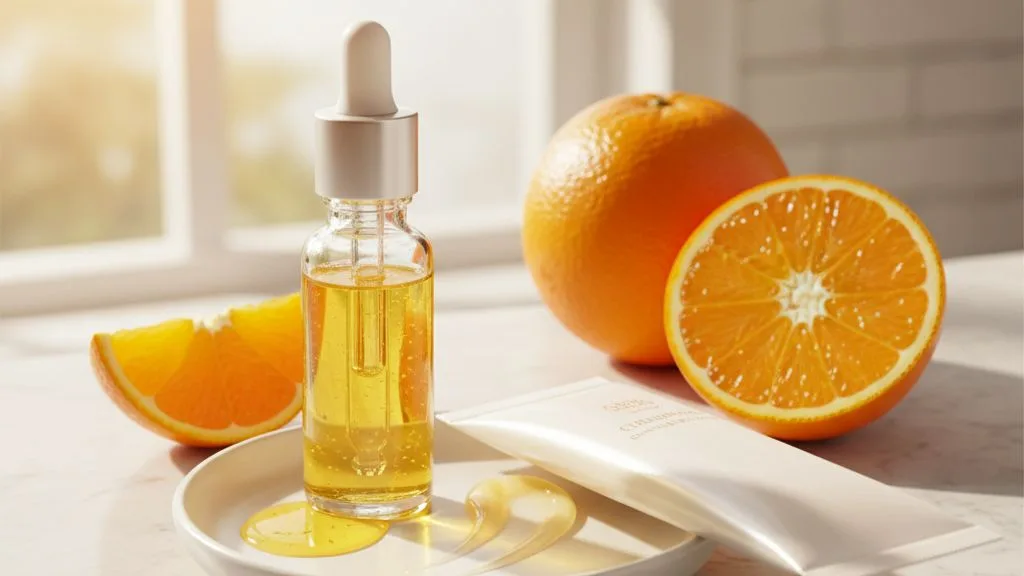Postpartum hair loss treatment isn’t just about vanity—it’s about reclaiming control during a time that already feels overwhelming. Hair thinning—especially after childbirth—can feel like a silent unraveling. For many, it’s more than just a cosmetic concern; it’s a loss tied to identity, confidence, and well-being. In the third edition of The Expert Edit, Hale and Belle brings together insights from four trusted professionals—ranging from surgical hair restoration to clinical nutrition—to spotlight five actionable, science-backed postpartum hair loss treatments that actually work. If you’ve been searching for a postpartum hair loss treatment that’s rooted in science, not hype—this is where the answers begin.
5 Expert-Backed Postpartum Hair Loss Treatments That Actually Work
The Expert Edit, Edition 03 | By Hale and Belle Editorial Team
1. Boost Hair with Targeted Supplements
Expert Insight: Diane Howard, RN, Founder of Esthetic Finesse
Postpartum hair loss is often a physiological response to hormonal shifts—but that doesn’t mean your body can’t be supported back to balance. Diane Howard recommends a targeted supplementation strategy rich in biotin, collagen, zinc, and key micronutrients. “These supplements don’t just support new growth—they improve the quality of hair emerging,” says Howard. “The goal is to rebuild hair strength from within.”
Look for clean, bioavailable formulations designed specifically for postpartum or female hair loss. And consistency is key—results are most noticeable after 90 days of regular use.
2. Stimulate Growth Through PRP Therapy
Expert Insight: MANE Center Hair Restoration, General Surgery, Mane Center for Advanced Hair Restoration
Platelet-Rich Plasma (PRP) therapy has fast become a trusted ally in the battle against hair thinning. “We extract platelets from your own blood, concentrate them, and inject them into targeted areas of the scalp,” the Mane Center experts explain. “It activates dormant follicles and stimulates growth factors that support regrowth.”
According to research in the International Journal of Women’s Dermatology, PRP significantly improves density in women with thinning or postpartum-related hair loss.
Non-invasive and with minimal downtime, PRP is recommended in multiple sessions, with visible results often beginning within the first 8 to 12 weeks.
3. Support Natural Hair Recovery Postpartum
Expert Insight: Tamim Hamid, Founder & CEO, Theradome Inc
Postpartum hair loss is a common, temporary condition triggered by hormonal shifts after pregnancy. Elevated estrogen levels during pregnancy keep hair in a prolonged growth phase, making it appear fuller. After childbirth, those hormones drop rapidly, causing many hairs to enter a resting phase simultaneously—a process known as telogen effluvium. Shedding usually begins 3–4 months after delivery and often resolves by the baby’s first birthday. Your follicles remain intact, meaning regrowth is entirely possible.
To naturally support recovery:
- Focus on nutrition: Eat a balanced diet rich in protein, iron, zinc, and biotin. Continue taking prenatal vitamins for a few months, especially while breastfeeding, and stay hydrated.
- Be gentle: Use sulfate-free shampoos and avoid excessive heat styling or tight hairstyles that strain the roots.
- Prioritize rest: Lack of sleep and stress can worsen shedding. Incorporate small habits that help you relax and recharge.
- Stimulate the scalp: Massage gently with diluted essential oils like rosemary or peppermint, mixed with carrier oils such as jojoba, to boost circulation and promote growth.
- Try red light therapy: Near-infrared light has been shown to reactivate follicles. Devices like the FDA-cleared Theradome helmet can enhance regrowth, especially when paired with clinically backed treatments like minoxidil or finasteride.
If hair loss persists beyond 6–12 months or is accompanied by scalp irritation, consult a dermatologist.
4. Nourish Hair with Protein and Iron
Expert Insight: Amy Chow, Registered Dietitian, CEO, BC Dietitians
Iron deficiency is one of the leading yet often overlooked contributors to postpartum hair loss. “Women need significantly more iron during pregnancy and while breastfeeding,” says Amy Chow. “Couple that with higher protein needs, and deficiencies can show up in your hair health.”
She recommends focusing on iron-rich foods such as lean meats, leafy greens, legumes, and iron-fortified grains. Protein should come from both animal and plant-based sources for a complete amino acid profile.
“Nutrition isn’t just supportive—it’s foundational,” says Chow. “You can’t grow strong strands from a depleted system.”
5. Activate Follicles Using Plant-Based Compounds
Expert Insight: Michaella W., Champion Bio
For those looking for gentler, hormone-free options, botanicals like soy isoflavones and capsaicin show promising results. These compounds stimulate the production of IGF-1—a key growth factor associated with hair regeneration.
Used consistently, these ingredients may help reawaken dormant follicles and enhance circulation at the scalp level. They’re particularly appealing for individuals hesitant to start synthetic treatments like minoxidil.
Look for these actives in serums or topical scalp treatments backed by clinical testing.
Takeaway
Whether your hair journey is shaped by motherhood, stress, or biology, the right postpartum hair loss treatment can make all the difference. From in-clinic therapies to at-home rituals, the path to thicker, healthier hair is real—and within reach.
Explore more in The Expert Edit only on Hale and Belle—where beauty meets authority, and real solutions start with real experts.
Want the latest scoop, exclusive deals, and skincare secrets? Follow us on WhatsApp and never miss a glow-up moment!




